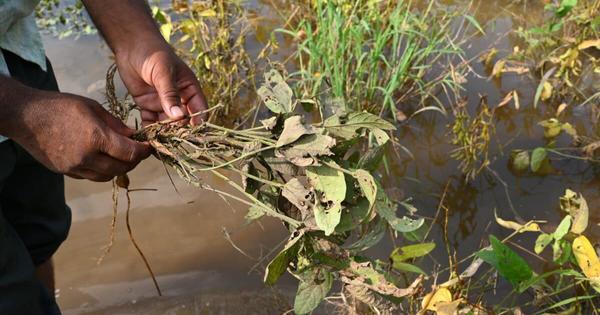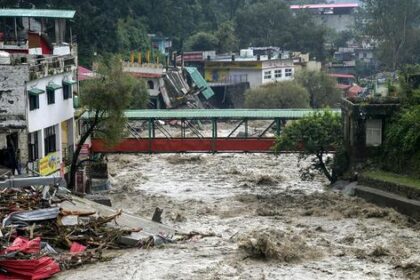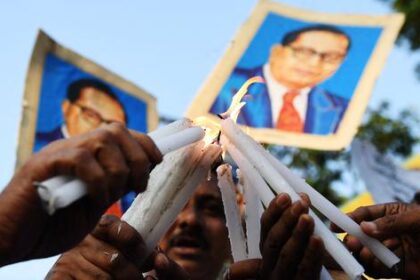Farmers struggle to adapt as changing weather patterns threaten their livelihoods in Marathwada region.
The farmers in Marathwada are confronting a stark reality as they seek ways to mitigate the impact of recent flooding on their lives and livelihoods. This historically dry region, which has experienced severe droughts over the past decade, is now grappling with the consequences of unprecedented rainfall. Between 2012 and 2019, Marathwada suffered through four distinct droughts, with rainfall levels plummeting to 50%-70% of the average. In stark contrast, this year has seen the region inundated with more than 128% of its normal rainfall from June to September, resulting in devastating floods.
As of September 25, the area recorded a total of 722.5 mm of rainfall, surpassing the average of 679 mm for this period. Notably, the rainfall pattern has shifted dramatically, characterized by sudden, intense bursts rather than steady, beneficial rain. This has led to severe crop damage rather than the hoped-for agricultural benefits. Professor SD Sanap from the India Meteorological Department noted that while there were heavy rains, they did not constitute a cloudburst, which is defined as more than 100 mm of rain in an hour. Instead, the rains fell over 24 hours, contributing to the region’s excess rainfall.
Multiple factors may have influenced this year’s heavy rains, including the warming of the Indian Ocean and varying temperatures in the Pacific. The impact has been catastrophic, with at least 52 fatalities reported by late September, alongside significant livestock losses and extensive damage to homes and infrastructure. Government data indicates that approximately 17.5 lakh hectares of farmland across several districts, including Sambhajinagar and Jalna, has been severely affected. Crops such as soybean, corn, and cotton have been devastated, leaving farmers like Umesh More in despair as their fields become unrecognizable under floodwaters.
Farmers are left to ponder critical questions about adapting to this volatile climate. They are considering whether to change their cropping patterns and what that would entail in terms of seed costs and irrigation challenges. For many, the seasonal agricultural jobs that provided essential income are disappearing. Mangalabai Kakde from Hadgaon expressed the frustration felt by many, noting that the heavy rains have deprived them of daily wage opportunities typically available after the Ganpati festival.
The adverse effects are particularly pronounced among women, who often rely on seasonal agricultural work. With no jobs available, the financial strain is mounting. Despite the government’s announcement of a compensation package totaling Rs 2,215 crore for affected farmers, many feel the assistance is insufficient. Aid is being distributed across divisions, but the process can be slow, leaving farmers without immediate relief.
Farmers are advocating for a formal declaration of a “wet drought,” a term used to describe situations where regions receive above-normal rainfall yet still experience drought-like conditions. However, Maharashtra Chief Minister Devendra Fadnavis has opted to maintain existing compensation structures, which many view as outdated. Previously, the compensation for rain-damaged crops was capped at Rs 8,500 per hectare for rain-fed crops, but recent adjustments have raised these amounts, albeit with limitations that still leave many farmers concerned about their long-term viability.








